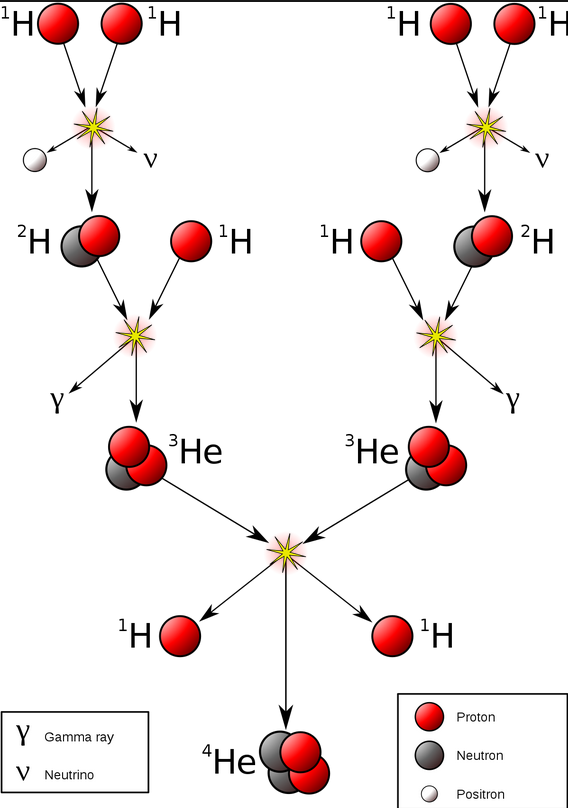Exploring the Origins of Solar Radiation: A Deep Dive
Written on
Chapter 1: Understanding Solar Radiation
In our ongoing series addressing reader inquiries, we've come across a compelling question: Where does solar radiation originate? To understand this, we must first consider the composition of stars, primarily made up of gases like helium and hydrogen. Some may wonder about the presence of radioactive materials and whether hydrogen can exhibit radioactivity.
Radioactivity is defined as the spontaneous transformation, or decay, of atomic nuclei, which releases elementary particles, electromagnetic radiation, or lighter nuclei. The Sun predominantly consists of stable hydrogen, deuterium, helium-3, and helium-4 atoms, while the presence of tritium and other heavy radioactive elements is minimal compared to the radiation emitted. So, where does this radiation arise?

Radiation encompasses various definitions across different physics disciplines. In the realm of astrophysics, it refers to a flow of ionizing radiation, including protons, photons, and atomic nuclei—essentially, any particles that can ionize matter. Notably, these particles are generated not solely through nuclear decay.

Chapter 2: The Mechanisms Behind Solar Radiation
Inside the Sun, thermonuclear fusion reactions take place, during which a significant number of protons and helium nuclei are expelled at high velocities, accompanied by high-energy photons. These photons undergo a lengthy journey to the Sun's surface, being absorbed and re-emitted multiple times, gradually losing energy but remaining capable of ionizing matter. Once they reach the surface, this radiation escapes into space, where its photons can ionize other materials, making up the majority of solar radiation.
As particles and radiation from these fusion reactions are emitted, protons, electrons, and helium nuclei near the Sun's surface are accelerated. The intense magnetic fields of the star can further enhance their speed, allowing them to travel into space. This flow of particles is also a component of solar radiation. However, familiar forms of nuclear decay radiation, such as alpha and beta radiation, are absent in the vastness of space.
In the video "ClimateBits: Solar Radiation," we explore the fundamentals of solar radiation and its importance in our understanding of climate science.
The second video, "Solar Radiation and the Earth - IB Physics," delves deeper into how solar radiation impacts our planet, elaborating on its significance in physics education.
If you're interested in more articles about space, feel free to clap! Subscribe to our channel and share your queries, which I will address in future articles. Your support through a Medium membership for just $5 a month greatly assists us in creating even better content.